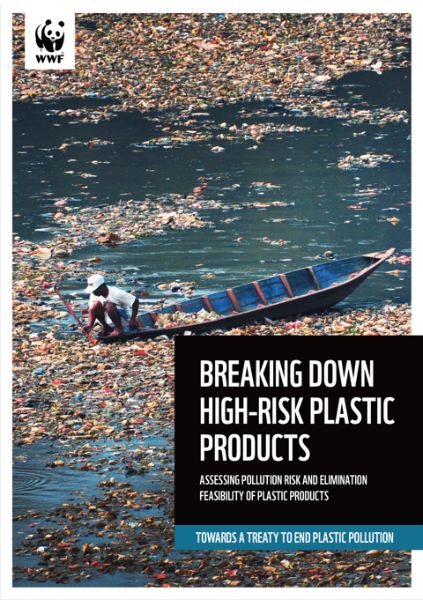The UN Environment Assembly’s decision, in March 2022, to start international negotiations on a plastic pollution treaty marked a watershed moment. Following a successful first session of the Intergovernmental Negotiation Committee (INC), states and other stakeholders are now committing to paper what the new treaty should contain. As states prepare for the INC’s second session in Paris, France, the key questions are exactly what the new treaty should regulate — and how.

The objective of this research — commissioned by WWF and conducted by Eunomia — is to identify and prioritize plastic product groups with the highest pollution risk, and the control measures that would be most suitable to address them. This research thus aims to provide a deep dive into one core component of the treaty.
The research results are presented in two reports. Report One, ‘Breaking down high-risk plastic products’, identifies high-level product groups — groups with distinct descriptions that can be used for the purpose of regulation, across the range of plastic products in circulation. Pollution risks and the feasibility of pursuing a significant reduction or elimination strategy by 2035 are assessed, based on current knowledge, to identify and finalize these product groups, and place them in either Class I or Class II. Report Two, ‘Regulating high-risk plastic products’, identifies the potential control measures available for Class I and Class II objectives and considers the suitability of these approaches for each product group.


